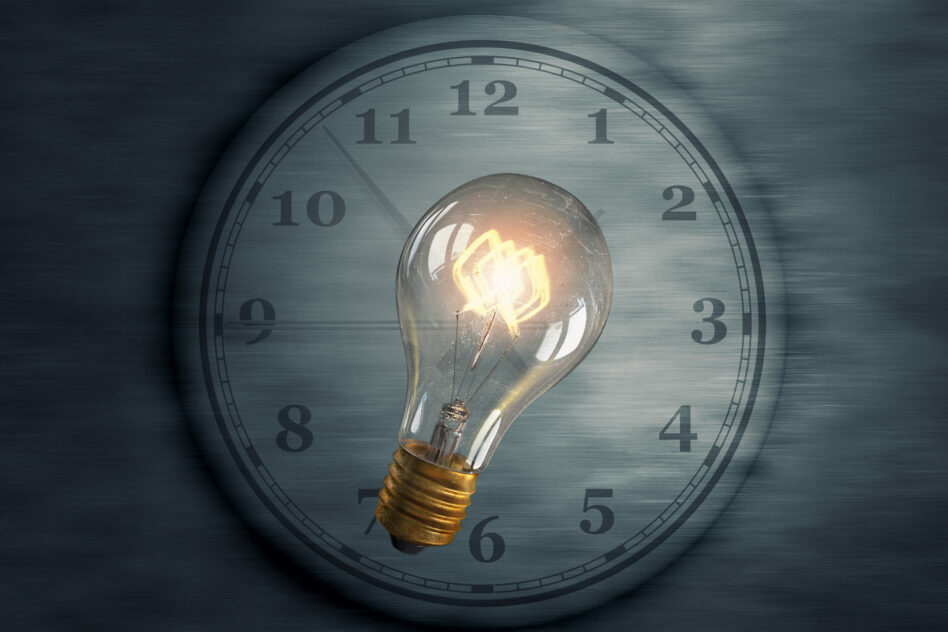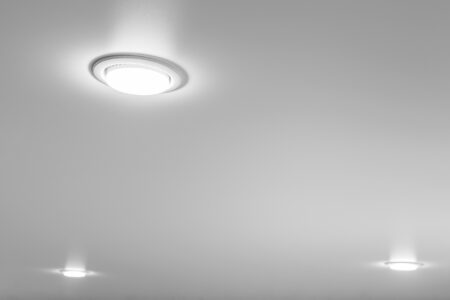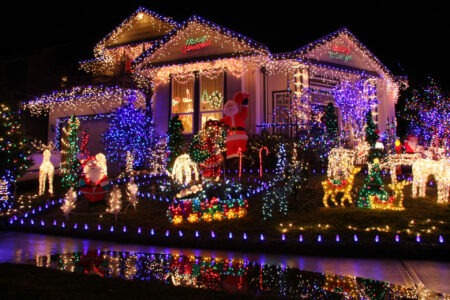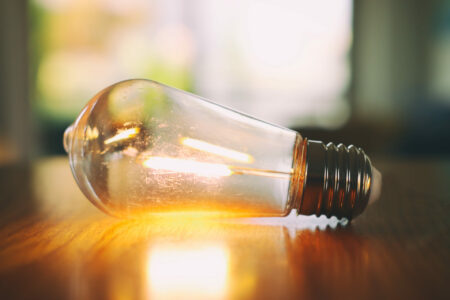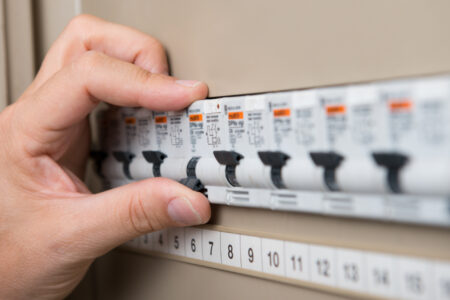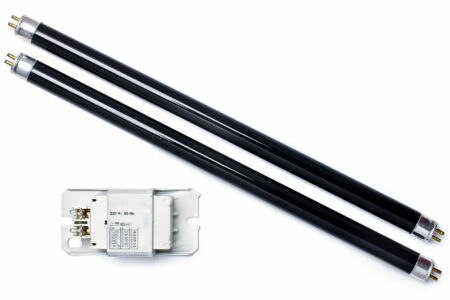LED lights are all the craze nowadays. They’re affordable, energy-efficient, and look pretty cool. Whether you’re getting LED lights to highlight some art pieces or just for their sheer convenience, you must be wondering, how long LED lights can stay on? Read on to find out!
How Long Can LED Lights Stay On?
LED lights have a lifespan of 35,000 to 50,000 luminous hours, which makes them almost fifty times more durable than our ordinary incandescent bulbs.
Not only are LEDs more long-lasting than incandescent bulbs, but they also save more energy while offering similar or even stronger light intensity.
Factors Affecting LED Lights’ Durability
LED lights may be the current best choice for most people out there. They’re everything one may need when it comes to proper lighting. Yet, they’ve got some imperfections.
Just like any other product in our day-to-day life, LED lights have some factors that could lessen their quality. These factors include warranties, hot temperatures, and constant switching.
LED Warranty
If you get a cheap LED bulb, chances are it won’t last as long as you’d like it to. To determine whether the one you got is of good quality or not, you should inquire about its warranty.
If you like a certain LED bulb but it doesn’t have a warranty, chances are it’s of poor quality and won’t stay on for as long as you’d want. A quality warranty saves you from potential troubles that could be caused by improper storage or shipping accidents.
It can also save you some money if, for whatever reason, the lights start dimming a while before they’re supposed to. So, instead of buying new ones, you just replace them for free.

Temperature
LED lights heat up very little on their own, and despite that, they still don’t work properly in extremely hot conditions. That’s why proper ventilation is advised to keep LEDs as efficient as possible.
Continuous Switching
Though LEDs are better at handling constant on/off switching than incandescent bulbs, they still get slightly affected. This is because constant on/off switching puts the capacitors under electrical stress that can be damaging.
They won’t heat up drastically or stop working at once, but they’ll provide dimmer light and their lifespan will be shortened. So, even though it’s not that big of a deal to switch your LED lights on and off frequently, just try to keep it to a minimum.
Is It Safe to Leave LED Lights On?
Leaving incandescent lights on in your garden all night long may reduce their lifespan quite significant. With LED lights, though, you don’t have to worry about this problem. Due to their long lifespan and low energy consumption they’re perfectly fine to be around trees and decorations.
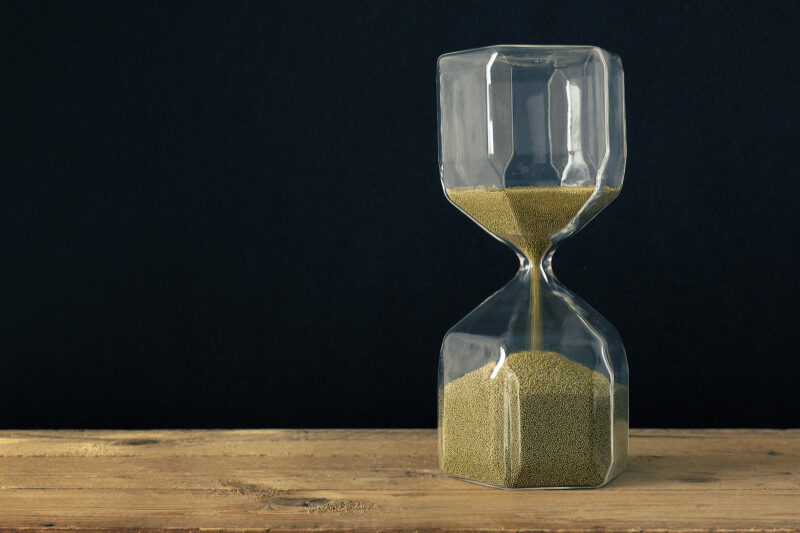
Can You Sleep With LED Lights On?
Yes, you can. However, we don’t recommend sleeping with lights on. Not because it’s dangerous, but because it might affect your quality of sleep. If you’re hoping for a restful night, then we suggest you use dimmed LED strips, especially if they’re red or purple!
Dim red lights will ensure that your eyes won’t hurt and your sleep will stay uninterrupted. Apart from color, there are other things you should keep in mind before sleeping with the LEDs on:
- Don’t keep LEDs on for too long if the temperature in the room is too hot
- Keep the focus of the LEDs away from where you sleep
- Make sure you’re using low-wattage strips to avoid any potential accidents
What Makes LED Lights Special?
LED lights would beat ordinary incandescent lights in just about any comparison. Having said that, let’s take a look at the qualities that make LED lights so special!
- They have a longer lifespan than all equally affordable light bulbs
- They barely consume energy compared to ordinary bulbs
- Extremely safe to use for long periods of time
- Have no delay and reach their full brightness as soon as you turn them on
- Appropriate for outdoor lighting because they operate on low voltage
Are LED Lights Cost-Efficient?
Absolutely! LED lights save energy up to 90% more than incandescent lights. So, the average household can save a lot of money on their electricity bill just by switching to LEDs.
Yes, the initial purchase cost of LEDs can be slightly higher than that of incandescents, but in the long run, LEDs will save you more money.
Most Efficient Ways to Use LED Lights
Apart from using them in your bedroom for a dreamy night or using them outside on Christmas, here are some other ways by which you can use LEDs efficiently:
- For places that are used frequently but not continuously, it’s better to use higher-lumen LED bulbs
- Adding a motion sensor to your LEDs helps you keep the lights on only when needed
- If possible, use natural morning light in the morning and keep the LED experience for nighttime
